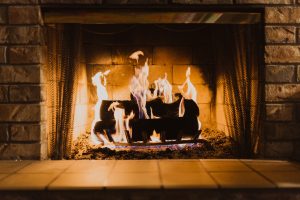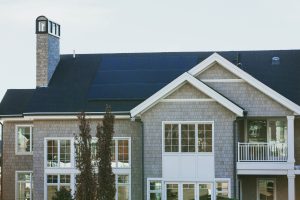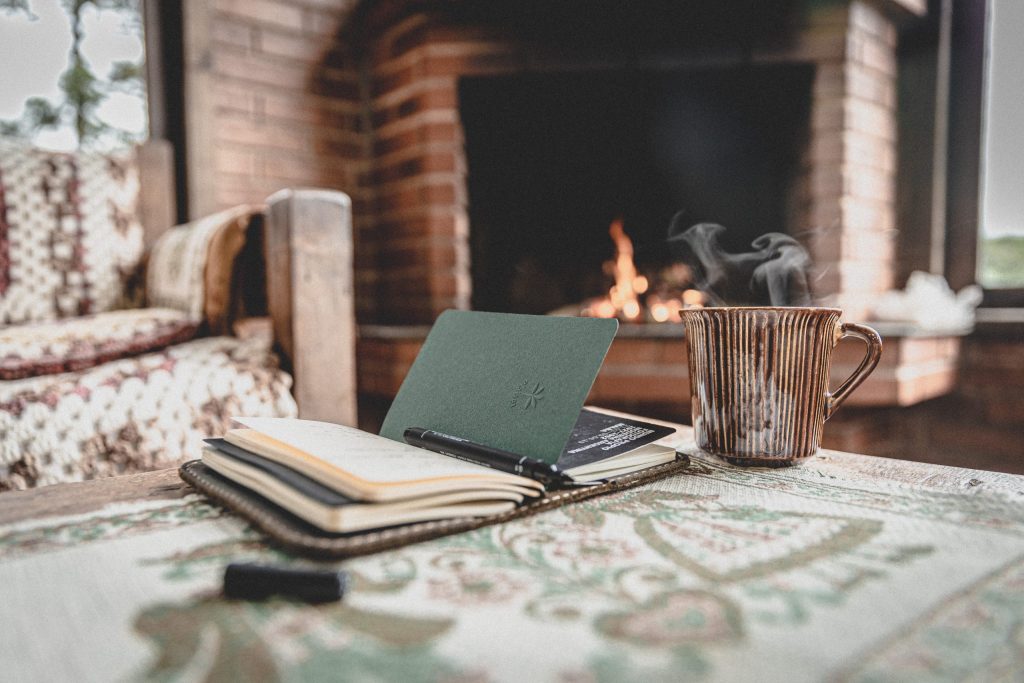Winter can be challenging for many households. Without proper heating, you risk frostbite and are more susceptible to illnesses that could last too long throughout the season. Fortunately, even if you don’t have central heating, there are other ways to heat your home — while keeping your health in mind.
Breathing impure air for too long might lead to more sickness, including chronic illness, which can be especially concerning for babies and young children. A furnace might be nice, but it must also be ventilated well to decrease the risk of carbon monoxide slipping into your home. Air quality matters; you shouldn’t sacrifice good air or health to stay warm. These options will keep you toasty and healthy throughout the long winter.
1. Fireplace

Many people who have fireplaces don’t think of using them. A fireplace might be old-fashioned, but it can also be one of the best options to heat your home. However, it would help if you always were attentive when a fire is burning. Don’t go to bed or leave the house.
Fireplaces can release pollutants into the air, so you’ll need to take care when using yours. Take steps to mitigate dry dirty air from your fireplace. The best thing you can do is have your chimney and fireplace cleaned whenever there’s 1/8 inch of soot buildup or at the beginning of its use each year, whichever comes first. Ensure you use small pieces of wood every time you fire it up. Smaller fires release fewer pollutants, keeping your indoor air safe.
2. Heat Pump
Your heat pump might already have an air filter installed. This device recycles indoor air rather than pulling fresh air in from outdoors, so it might be a good option for people with seasonal allergies. However, you may get bacteria or dust from your warm air if it doesn’t have an air filter. This option is great for a home if you have an air purifier nearby to help.
3. Radiant Heating
If you want a heating option that can transform how you feel heat in your house, look no further than radiant heating. There might be no better feeling than walking around your home and feeling a warm floor underneath you. This option might be the best for your household when paired with another form of heating.

Electric-based radiant heating is more affordable, but a water-based system might also be a good option for your household. The price point ranges from $22,000 to $35,000, but it might be worth it to lower your carbon footprint and ensure you feel warmth almost everywhere you walk.
However, after the primary installation, you’ll still have costs related to this heating option. You’ll pay a small fee whenever you run the system, though it likely won’t be much. The extra costs might be worth it when you remember you’ll have clean air and are running an eco-friendly heating option — especially in areas like the bedroom and bathroom, where you expect to be warmest.
4. Steam Boiler
This unique heating system produces warmth through the steam it generates from hot water. Electric boilers are the best type, as they’re more eco-friendly than gas and will lower your home’s overall carbon footprint. This type of boiler also requires less maintenance, meaning you won’t have to clean it as often and can sit back and enjoy the warmth for longer periods.
However, you must ensure the boiler maintains enough water at all times, as a low level can cause it to explode after building up too much pressure. Monitor your boiler often to ensure it operates as intended at all times. You may also need to look for buildup that could make your appliance malfunction. Check on it seasonally or more frequently if you use it often.
5. Ductless Mini-Split
You may already be familiar with the ductless mini-split if you’ve ever lived in Europe or Asia. These functional units are small and out of the way, so you may not even think about them once installed. Without the ducts, you don’t have to worry about dust and debris potentially clogging your ventilation system and polluting your air. You can enjoy the temperature-controlled air without worrying about what’s in each breath.
6. Solar Heating

Converting to passive solar energy can be great for your wallet, but it can also benefit your household by providing you with a warm space all winter. This option could be an excellent upgrade for your home if you live in a sunny area year-round. Solar energy doesn’t have to cost you much money, though panels have a greater ROI. You can just as easily stay warm through a Trombe wall directly in your home.
A Trombe wall indirectly gathers sunlight for warmth and uses it to heat the house, thanks to the heating properties of materials like concrete. Think about how often you’ve touched hot pavement or bricks. These materials will gather heat the same way and distribute it throughout your home via channels if the sun is positioned right. You also don’t need to worry about this form of heating polluting your air, though you may need to couple it with another method to ensure your entire house stays warm.
Heat Your Home Safely and Effectively
You shouldn’t have to stay warm throughout the winter at the expense of your health. People spend about 90% of their time inside, making indoor air quality more important than ever in the winter. Can you call yourself healthy if pollutants are in every breath you take? The answer is no, so you should take steps to ensure your heating system is safe.
Furnaces might be one of the most accessible and cost-effective options for heating a home, but when you want something climate-friendly to keep your carbon footprint low, these ideas will help you cultivate a greener future. These methods can function well independently or with an air quality device to give you peace of mind.

